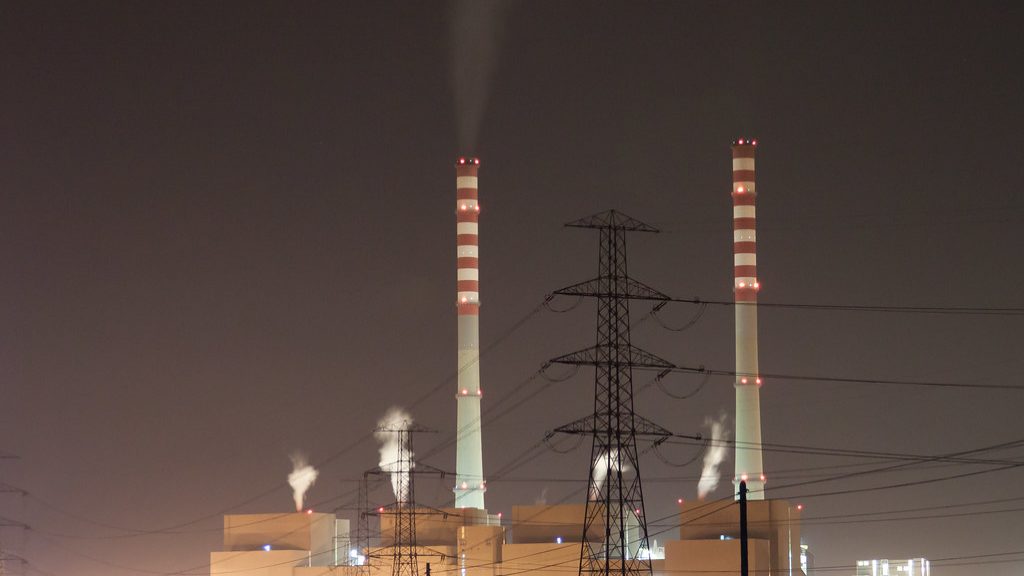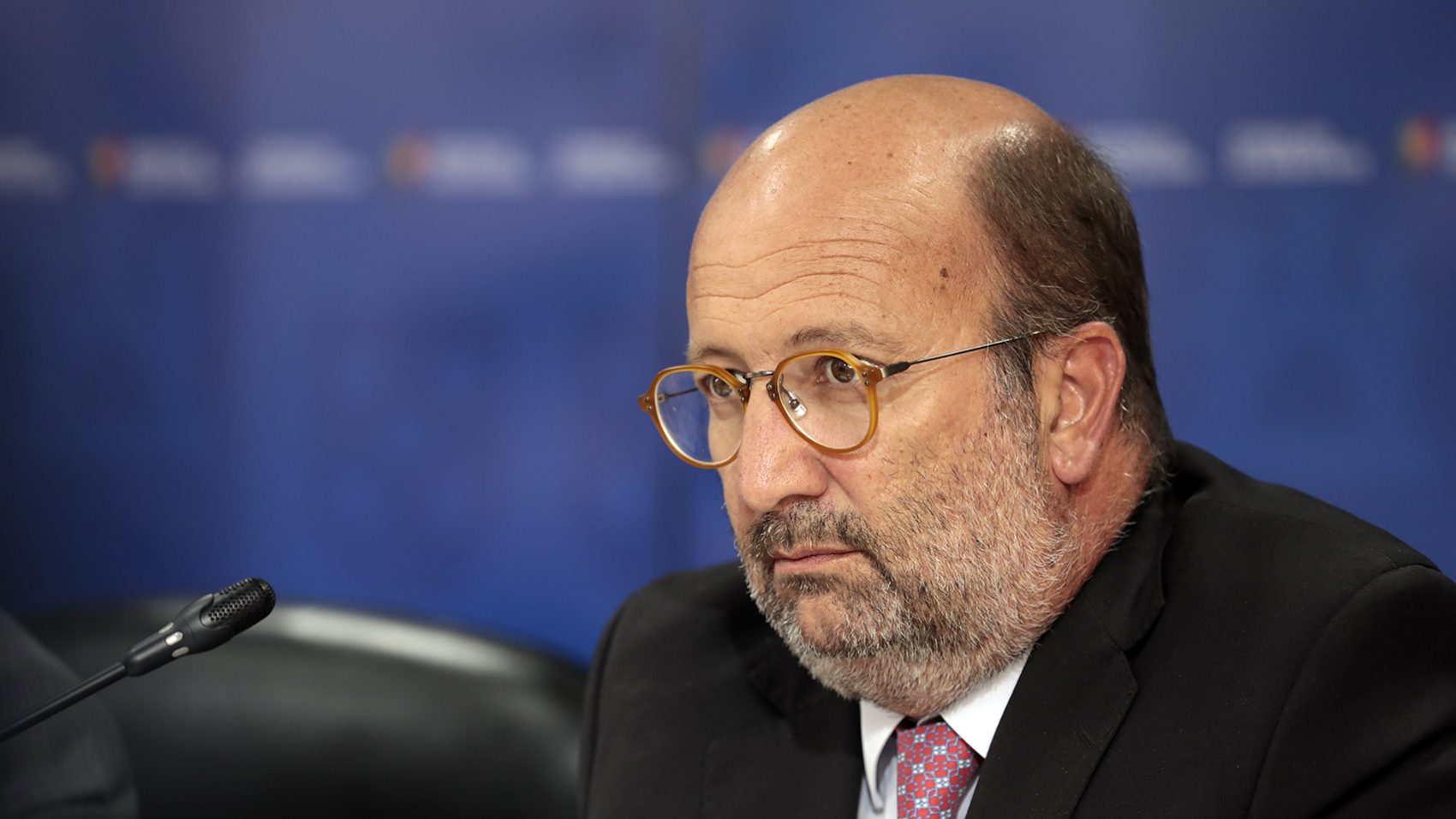Portugal will have two Hydrogen Valleys, one in Sines and the other in the country’s north
According to the Secretary of State for Energy, João Galamba, these clusters "lower production costs and allow for faster development of hydrogen value chains."
Portugal plans to develop at least two hydrogen valleys in the coming years, or two industrial clusters for the production, distribution, export and use of green hydrogen in the country, one located in the Port of Sines and the other in northern Portugal, the Secretary of State for Energy, João Galamba, announced on Wednesday at the end of the conference “Hydrogen in Society – Bridging the Gaps,” organised as part of the Portuguese presidency of the Council of the European Union.
According to the Secretary of State, “there are already many of these hydrogen valleys in Europe” and Portugal does not want to be left out of the race to install this type of “integrated ecosystems that allow for the systematic development of the various elements of the green hydrogen value chain,” integrating everything from the production phase to distribution and use.
“These clusters, such as the one scheduled to be launched in Sines, favour collective efficiency, lower production costs and allow for faster development of hydrogen value chains, which are some of the EU’s objectives,” Galamba said.
Before that, it was Filipe Costa’s turn, CEO of AICEP Global Parques, the state-owned company that manages the Sines Industrial and Logistics Zone (ZILS), to address the government’s strategy that is already underway to create precisely a “Sines Hydrogen Valley,” with over 1 GW of renewable electricity production from solar and wind energy and over 1 GW of green hydrogen production capacity from electrolysers.
For this, ZILS has 2,375 hectares next to the Port of Sines, only 70% occupied and with space to install hydrogen projects. “We are proactively welcoming future electrolyzer facilities and industrial projects for the manufacture or assembly of solar panels, electrolysers or other components for renewable energy generation power equipment,” assured Filipe Costa in his presentation, emphasizing the direct connection to the national network of natural gas (interconnected with Spain) and proximity to the deepwater port of Sines, which may have new terminals dedicated to renewable gas and from where in the future ships loaded with liquefied hydrogen will leave for the Port of Rotterdam and other points in northern Europe.
The CEO of AICEP Global Parques also emphasised the “strong investments already made in high and very high voltage electrical interconnections” between ZILS and the national grid. Added to this are the direct connections between the future solar and wind power plants and the electrolysers that will produce hydrogen.
At last, Filipe Costa said that a Renewable Energy Community is being implemented in the Industrial and Logistics Zone of Sines and will be powered by the renewable energy cluster that is being set up nearby: “There is land available around the Port of Sines to install solar and wind power, and there are already solar plants operating or coming into operation, being licensed or designed.”


